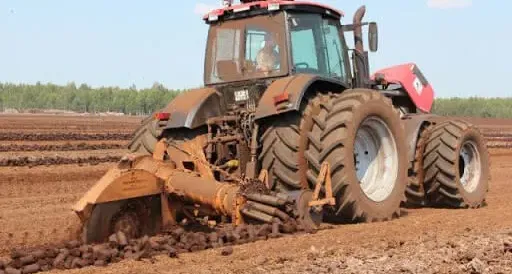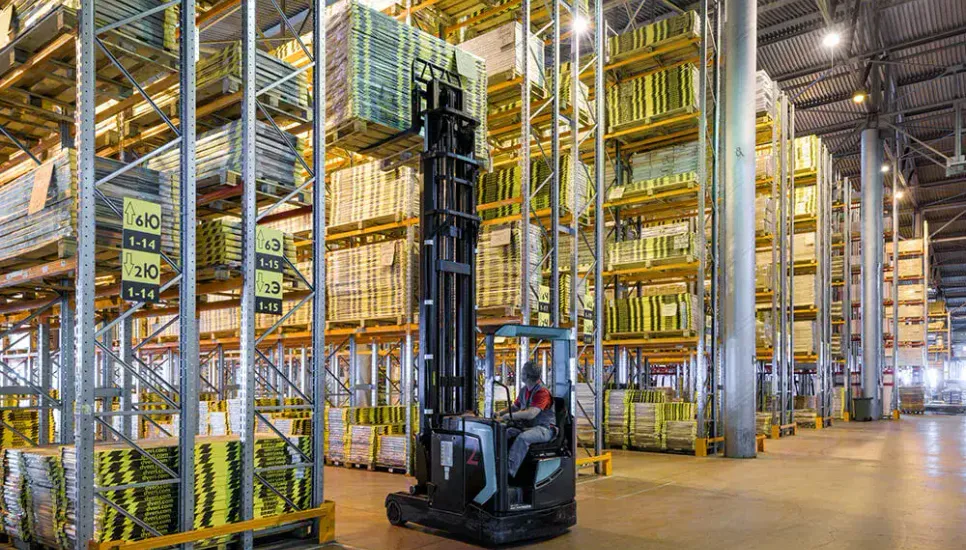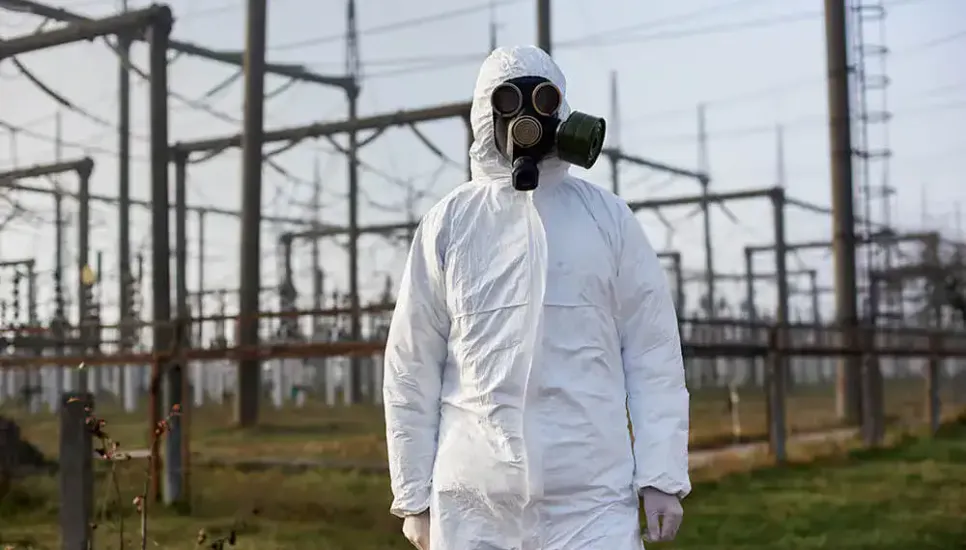Introduction
Peat may be extracted for one of two reasons: to allow workers and machines to reach deeper resources, or to be processed and sold as fuel. Although the environmental impact of these processes is now being questioned, both remain as essential as they are dangerous. Especially in those cases where peat removal is done manually, it is imperative that workers are properly trained in order to avoid on-site accidents.Potential Hazards
The safety risks most commonly associated with peat removal include:
Peat Landslides.
Even after it is partially dried, peat is a relatively volatile resource whose balance is easily disturbed. People working in peat bogs must be aware of the constant danger of landslides, especially when they are tasked to operate heavy machines and vehicles that put even more pressure on the ground.Drowning.
Due to the fact that peat is primarily extracted from bogs, workers are at risk of stepping into a deceptively shallow pool or ditch. The latter can seem to be harmless but might go as far as five times deeper than expected. Furthermore, it can be extremely difficult for a worker to remove him- or herself from a pool once they are pulled in.Accidental Falls.
Large surfaces of peat are often covered with dense vegetation that can make navigation difficult. Tree stumps and other obstacles may be hidden from view, which can lead to accidental falls and injury.Exposure to Hazardous Substances.
Dangerous substances such as herbicides are sometimes used to manage vegetation and insect life in a peat bog. On-site workers must be aware of the risks of exposure to such substances and must be able to use the correct protective equipment to maintain their health.
Incident Prevention
While there are some advantages to using machines instead of manual labor when it comes to peat extraction, the former can be difficult to maneuver safely in an environment as volatile as the bog. On the other hand, having workers remove the peat by hand involves a wide range of alternative risks that demand exhaustive safety measures.
The most effective way to ensure that no accidents occur on a peat removal site is to offer appropriate training to all workers involved in the process. The latter must be able to evaluate the stability of the ground they cover, as well as work safely around pools and precarious areas. Personal protective equipment must be worn at all times, which may include head protection and respirators in cases where herbicides and other hazardous substances are used to control the environment.
Employees working alone in peat removal face an even greater risk. As such, they must pay even closer attention to their surroundings and carry equipment that can alert others in case of an emergency.
Recommended Safety Courses
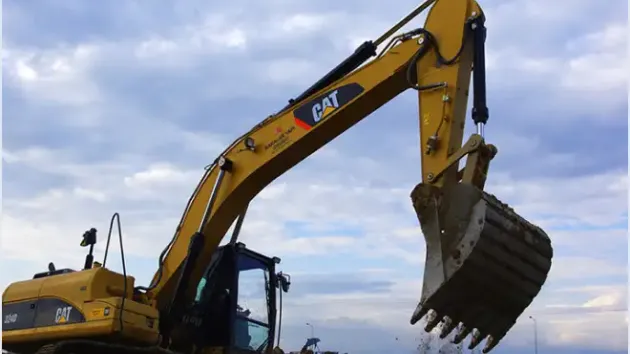
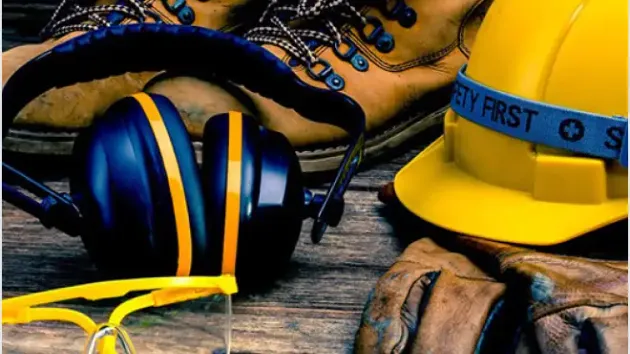
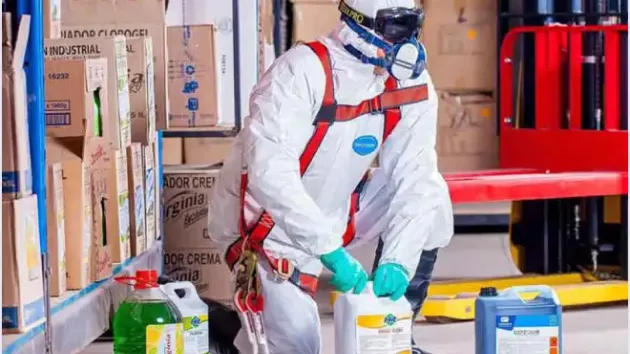
What You Can Do to Stay Safe
To create a safer workspace for both yourself and your colleagues, you must undergo sufficient training in the prevention and management of hazards associated with peat removal. Being able to preclude an accident from taking place is, with no exception, a more effective way to avoid injury than dealing with a hazard that has already occurred.
Peat removal is an integral part of several jobs across different industries. These include:
- Miners in the Energy & Electricity industry.
- Drillers and miners in the Oil & Gas industry.
- Drillers, riggers, and blasters in the Seismic industry.
- Miners, drymen, drillers, and blasters in the Mining industry.
- Construction laborers and equipment operators in the Construction industry.
